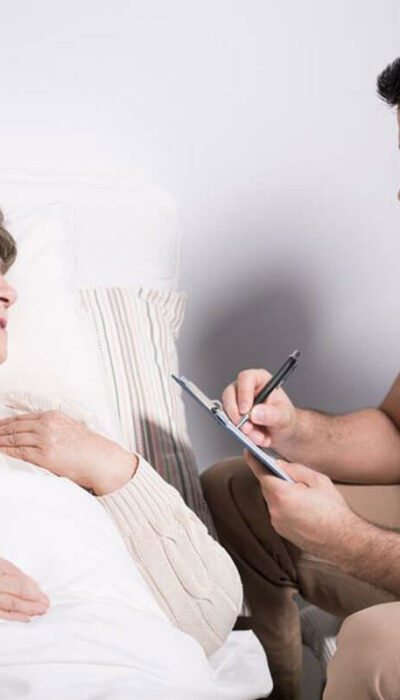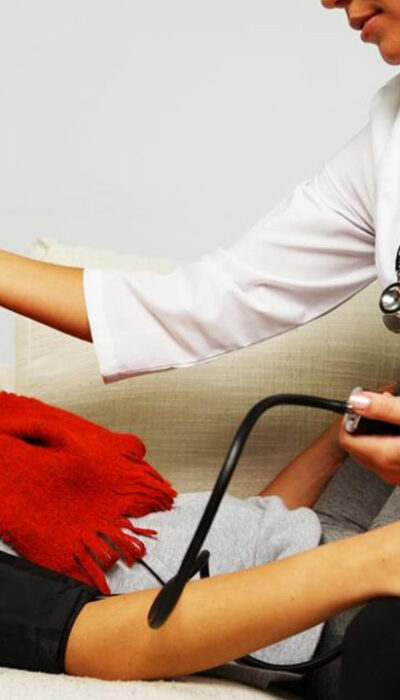
Things You Must Know about Vertigo
Do you ever experience giddiness that lasts too long and is spontaneous in nature? If so, then you might need to get a check-up done as you may be suffering from vertigo. It is a disease which may suddenly make you feel extremely giddy and you may experience the world rotating around you. Many a time, a vertigo attack is spontaneous, but sometimes you can predict it in advance. Want to feel the effects of vertigo? Then spin around at high speeds for about 30 seconds. The giddiness lasts for a few seconds but is enough to sicken you. Now imagine comprehending the same feeling for about an hour or in some extreme cases, even for days. There are some syndromes, common causes of vertigo, medications and even home remedies mentioned in this article that will prove out to be informative. Symptoms of Vertigo The major symptom is a sense of spinning or moving around while standing perfectly still. In these situations, moving around will only aggregate the giddy feeling. Many people also complain about experiencing light-headedness and fainting. In extreme cases, people can also suffer from nausea and have vomiting seizures. The eye movements of the victim are also disoriented and erratic. If the lack in the coordination of the body lasts for more than two or three days, then the victim might have a high risk of suffering from a stroke. As you can see, suffering from this disease is not a joke. The victim loses all sense of body coordination and is unable to perform any activity. The main problem of the disease is the spontaneous nature of it. The victim can experience vertigo in crowded places, offices, institutions and even in religious places, making the disease a menace. Listed below are some common causes of vertigo.










